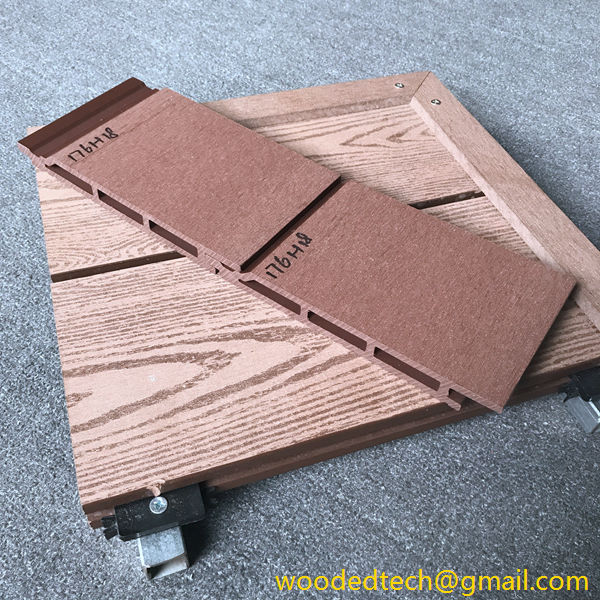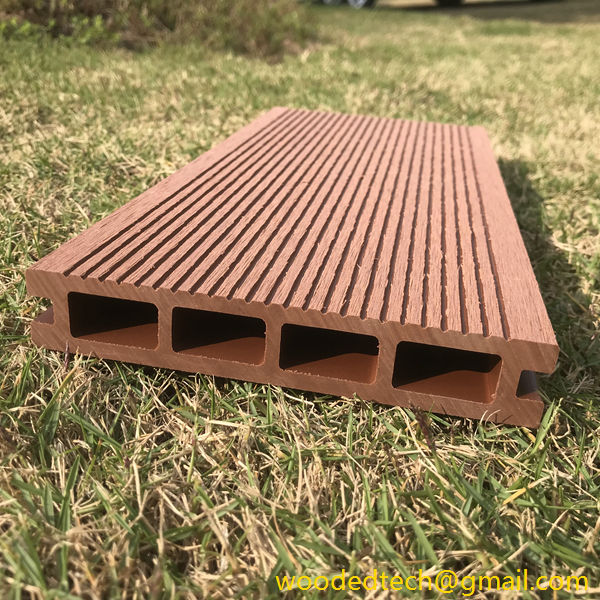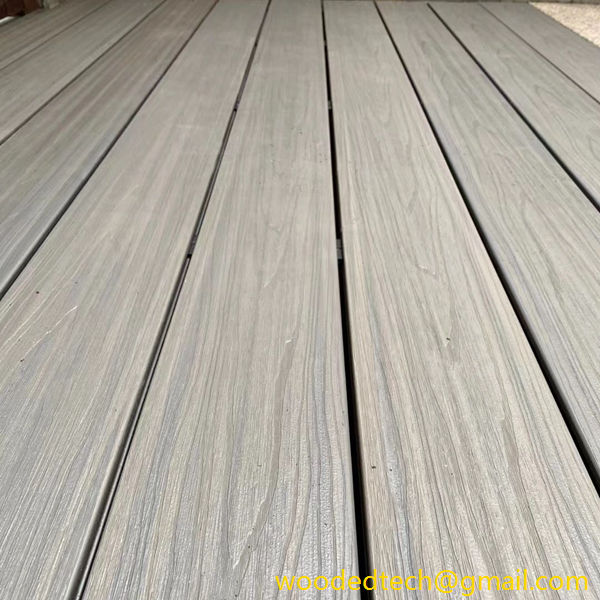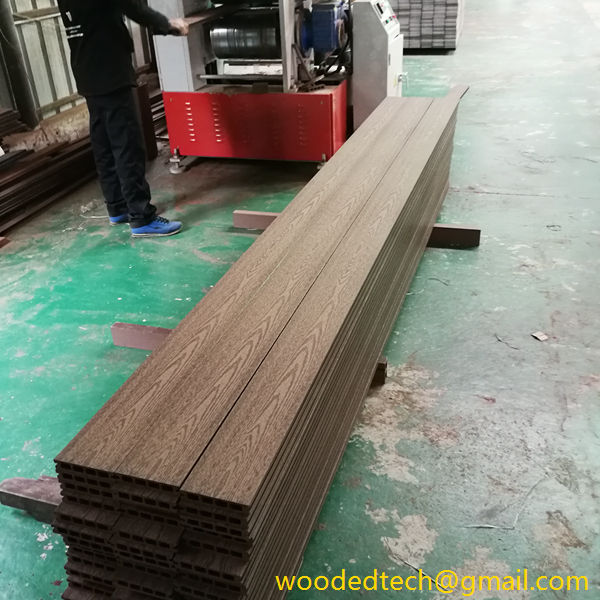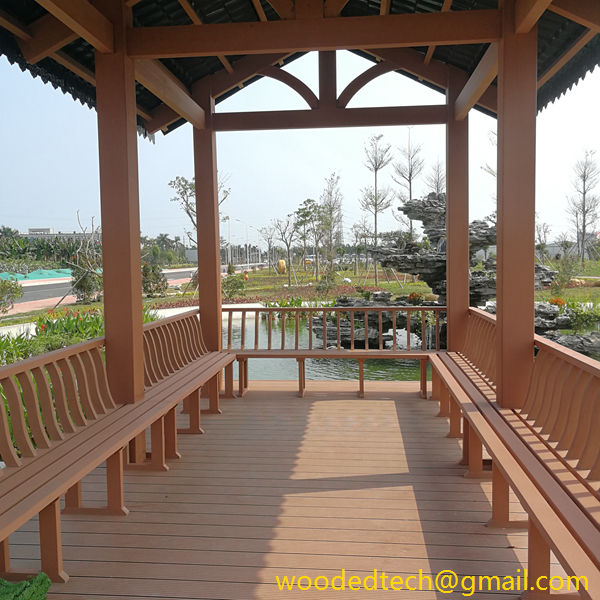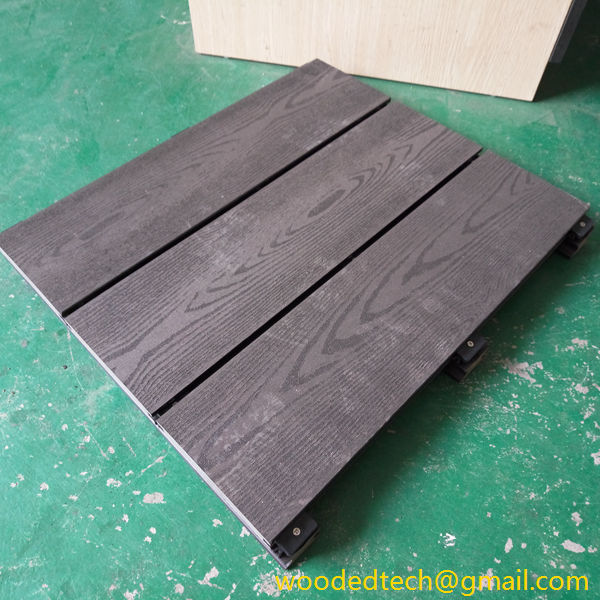Versatile WPC Composite Panel Solutions for Your Needs
In recent years, the construction and design industries have increasingly turned to innovative materials that offer durability, versatility, and aesthetic appeal. One such material that has gained significant popularity is Wood-Plastic Composite, commonly referred to as WPC. WPC composite panels are engineered to combine the natural beauty of wood with the resilience of plastic, making them an ideal choice for various applications, including decking, cladding, fencing, and interior finishes. This article will explore the installation and maintenance aspects of WPC composite panels, highlighting their benefits and considerations for potential users.
When it comes to installation, WPC composite panels offer several advantages over traditional materials. Firstly, the lightweight nature of these panels simplifies handling and transportation, making them easier to work with during construction or renovation projects. Unlike solid wood, which can be heavy and cumbersome, WPC panels can be cut and shaped with standard woodworking tools. This flexibility allows for creative design solutions and seamless integration into various architectural styles.
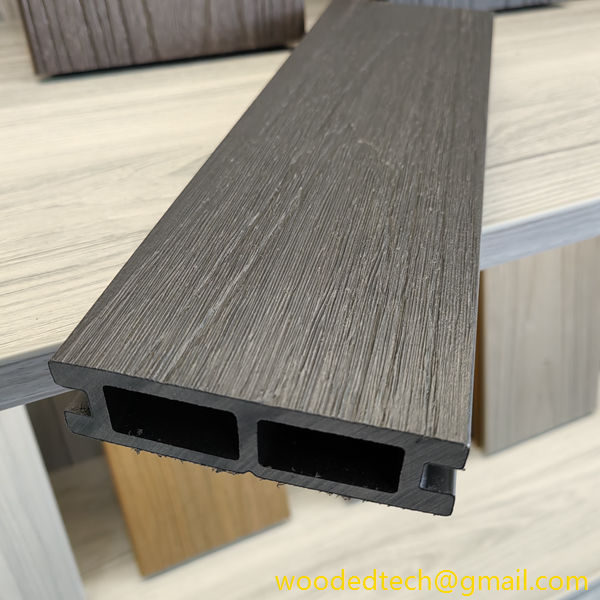
Before beginning the installation process, it is essential to prepare the site adequately. Ensure that the area where the panels will be installed is clean, dry, and free from debris. It is also crucial to check the structural integrity of the underlying framework, whether it is a wall, floor, or ceiling, to ensure that it can support the weight of the WPC panels. If you are installing the panels outdoors, consider factors such as drainage and ventilation to prevent moisture buildup, which could lead to mold or rot.
WPC composite panels are designed to be easy to install, often featuring interlocking systems or tongue-and-groove designs that allow for quick assembly. Many manufacturers provide detailed installation guidelines, including recommendations for spacing, alignment, and fastening methods. For decking applications, it is advisable to leave expansion gaps between the panels to accommodate temperature fluctuations and prevent warping. Using proper fasteners, such as screws specifically designed for WPC materials, ensures a secure fit and maintains the integrity of the panels over time.
Once the installation is complete, the focus shifts to maintenance. One of the most significant advantages of WPC composite panels is their low maintenance requirements compared to traditional wood products. Unlike wood, which needs regular staining, sealing, and painting to protect it from the elements, WPC panels are inherently resistant to moisture, insects, and decay. This resistance means that they do not require the same level of upkeep, allowing homeowners and businesses to save both time and money in the long run.
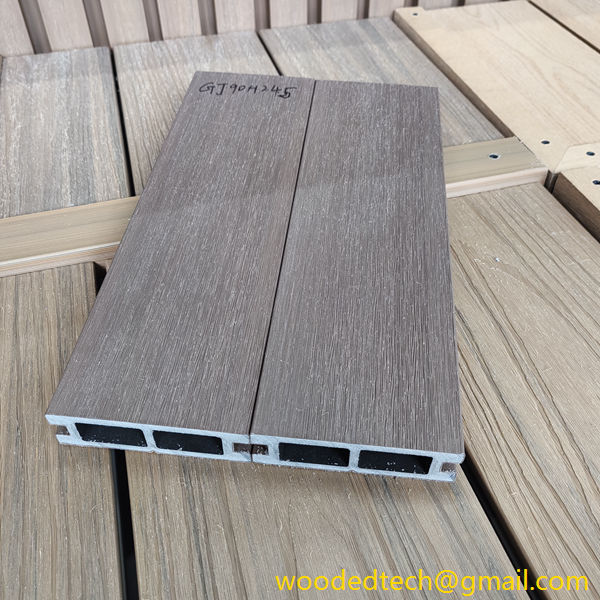
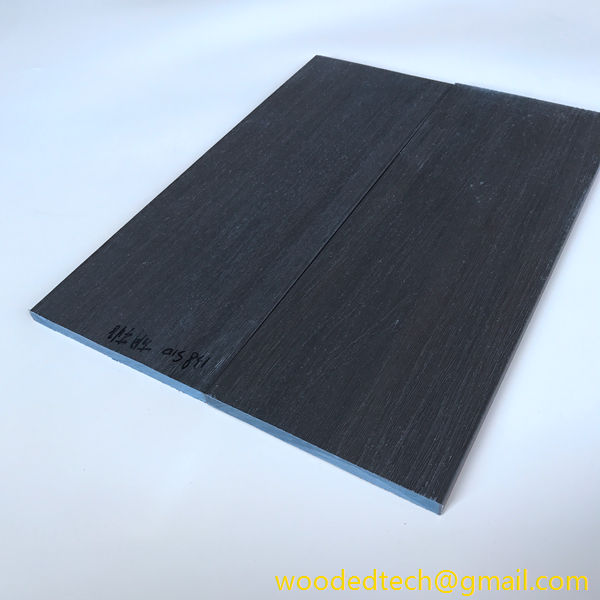
However, while WPC panels are low maintenance, they are not entirely maintenance-free. To keep the panels looking their best, regular cleaning is essential. A simple wash with soap and water, followed by rinsing with a hose, is usually sufficient to remove dirt, dust, and debris. For more stubborn stains, a soft-bristle brush may be used. It is important to avoid harsh chemicals or abrasive cleaners, as these can damage the surface of the panels. Additionally, periodic inspections should be conducted to check for any signs of wear or damage, especially in high-traffic areas or places exposed to harsh weather conditions.
Another aspect of maintenance involves being mindful of environmental factors. Although WPC composite panels are designed to withstand the elements, excessive exposure to direct sunlight can cause fading over time. To mitigate this effect, consider installing canopies or awnings in outdoor spaces to provide shade and protect the panels from prolonged sun exposure. Furthermore, regular removal of debris, such as leaves or dirt, from the surface will help prevent mold growth and maintain the appearance of the panels.
In conclusion, WPC composite panels offer a versatile solution for a wide range of applications, combining aesthetic appeal with practical benefits. Their ease of installation and low maintenance requirements make them an attractive option for both residential and commercial projects. By following proper installation guidelines and maintaining the panels through regular cleaning and inspections, users can ensure the longevity and performance of their WPC composite panel solutions. Whether you are renovating your home or designing a new commercial space, investing in WPC panels is a decision that can lead to beautiful, durable, and sustainable results for years to come.

